5 Beautiful and fascinating sacred places across the world
The Harmandir Sahib, Punjab, India
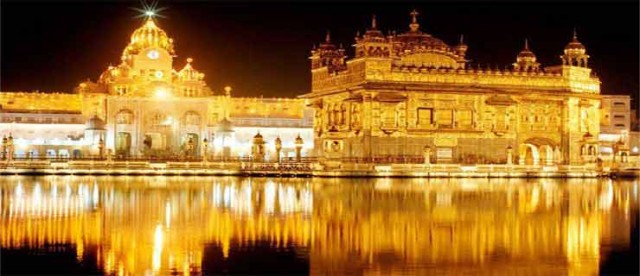
The Harmandir Sahib is a prominent Sikh Gurdwara located in the city of Amritsar, Punjab, India. It is also known as Darbar Sahib and popularly known as the “Golden Temple”. It was built by Guru Ramdaas Sahib Ji, the fourth Sikh guru, in the 16th Century. Maharaja Ranjit Singh covered the upper floors of the Gurdwara with gold, for which it got its name as Golden temple.

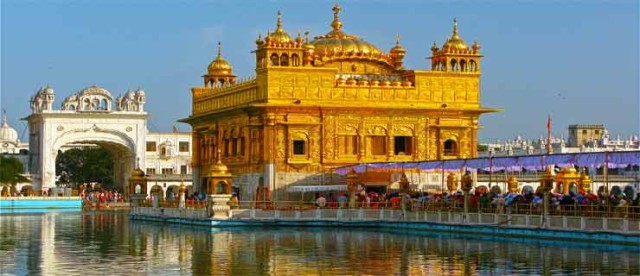
Tiger’s Nest Monastery, Bhutan
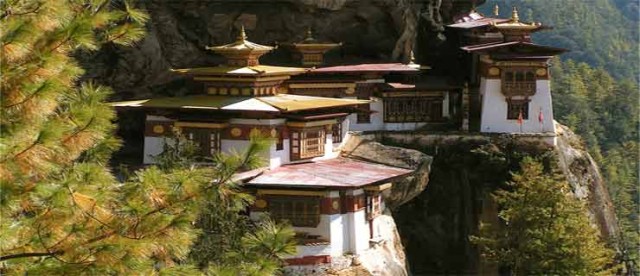
Paro Taktsang, also known as the Tiger’s Nest Monastery, is the popular name of Taktsang Palphug Monastery. Situated in the upper Paro valley in Bhutan, it is a prominent Himalayan Buddhist sacred place and temple complex. Tiger’s Nest Monastery was built in 1692 around the Taktsang Senge Samdup cave where Guru Padmasambhava is said to have meditated for three years, three months, three weeks, three days and three hours in the 8th century. Padmasambhava is the one who introduced Buddhism in Bhutan.
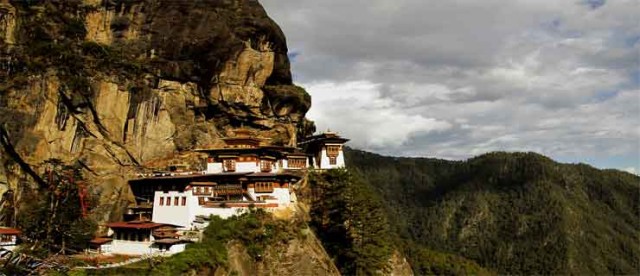
Kaaba, Mecca, Saudi Arabia
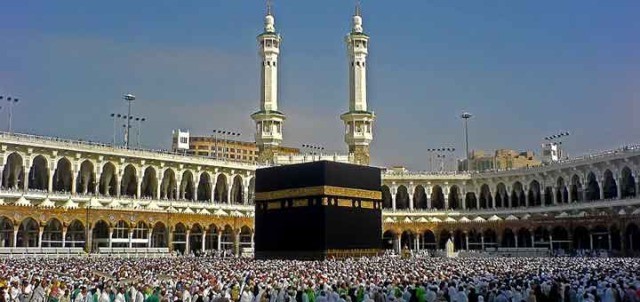
The Kaaba, meaning cube in Arabic is a square building at the centre of Islam’s most sacred mosque, Al-Masjid al-Haram, in Mecca, Saudi Arabia. It is the most sacred point within this most sacred mosque; so making it the most sacred location. During prayers, Muslims around the world are expected to face the Kaaba. Millions of pilgrims gather to circle the building during the Hajj.
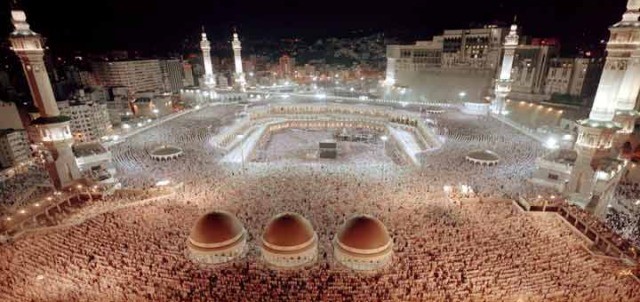
Vatican City

Vatican City occupies an area of approximately 44 hectares (110 acres), and has a population of 842. It is internationally recognized as the smallest independent state in the world by both area and population. Vatican City serves as the spiritual center for millions of people worldwide.
Angkor Wat, Cambodia

Angkor Wat (Khmer) is the largest religious monument in the world. Situated in Cambodia, it was first a Hindu temple and then subsequently a Buddhist temple complex. It was built as a state temple by Suryavarman II, the Khmer king in the early 12th century in Yaśodharapura (present-day Angkor), the capital of the Khmer Empire. The temple depicts the classical Khmer architecture. Now it appears on Cambodia’s national flag as a symbol of Cambodia.
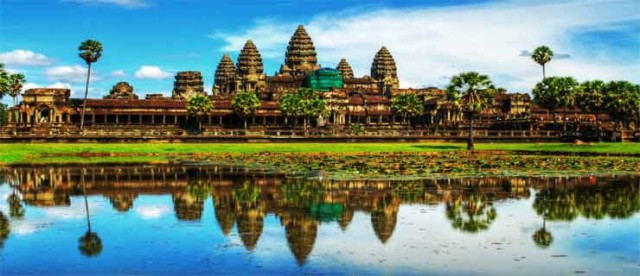
Image courtesy: sacredsites, iliketowastemytime, Fraz Ismat













Hi there, I log on to your new stuff daily. Your humoristic style is witty, keep it up!